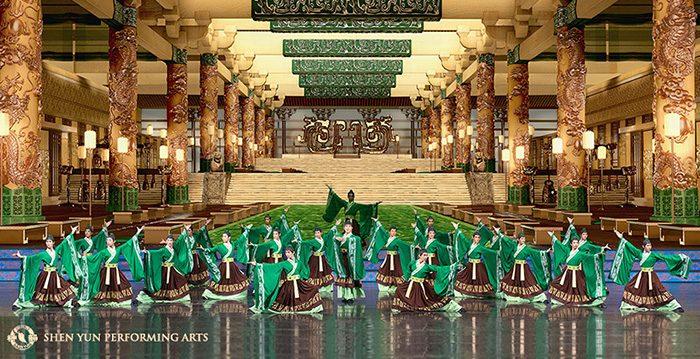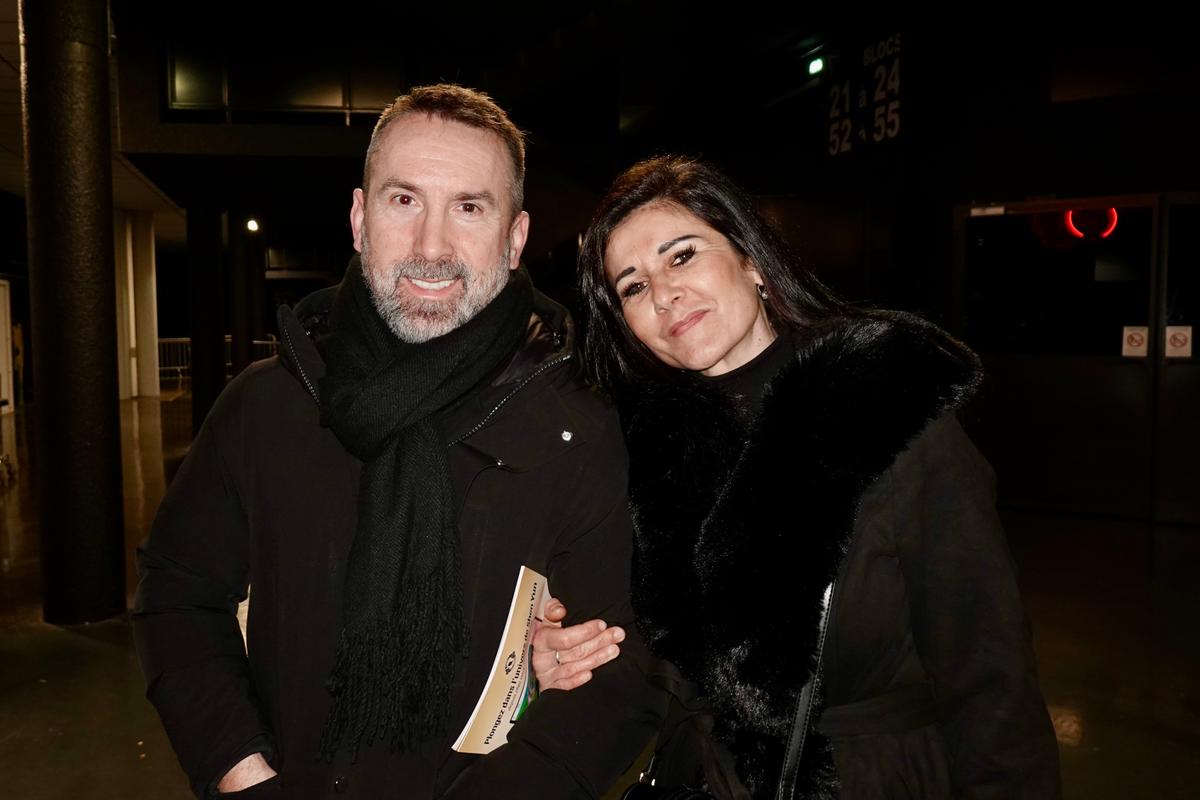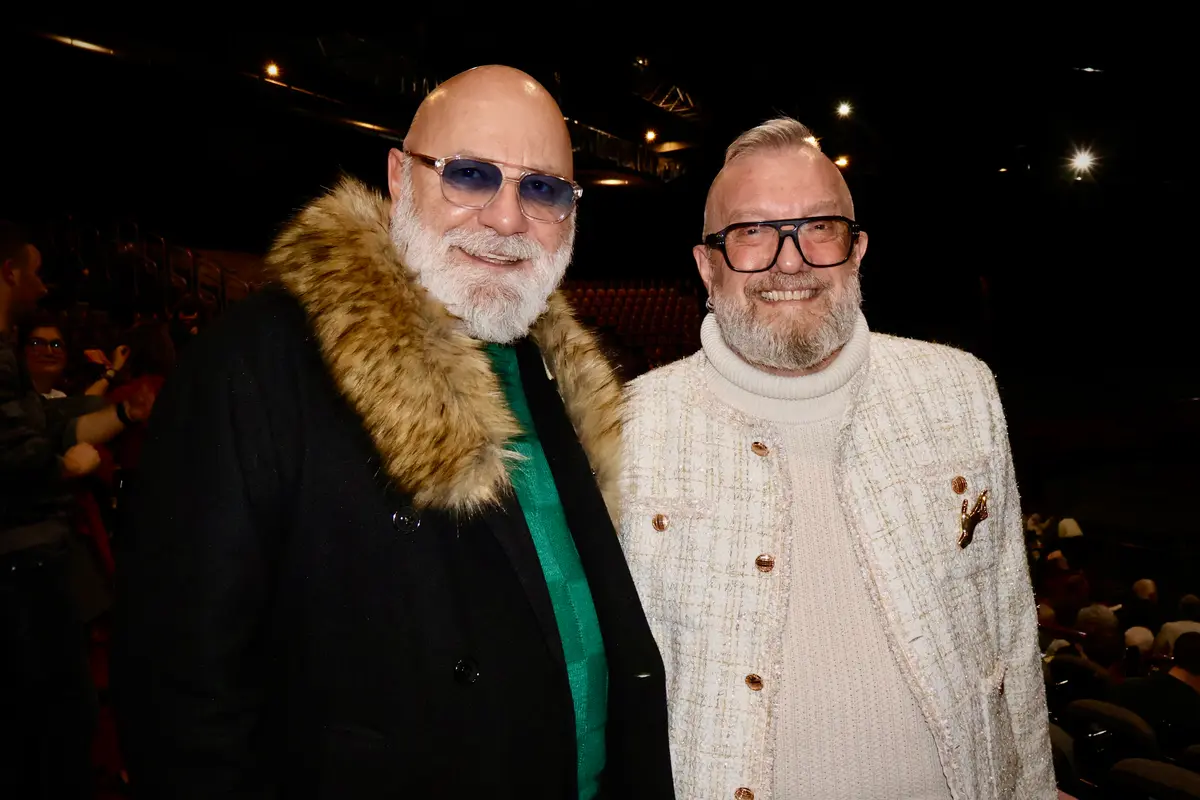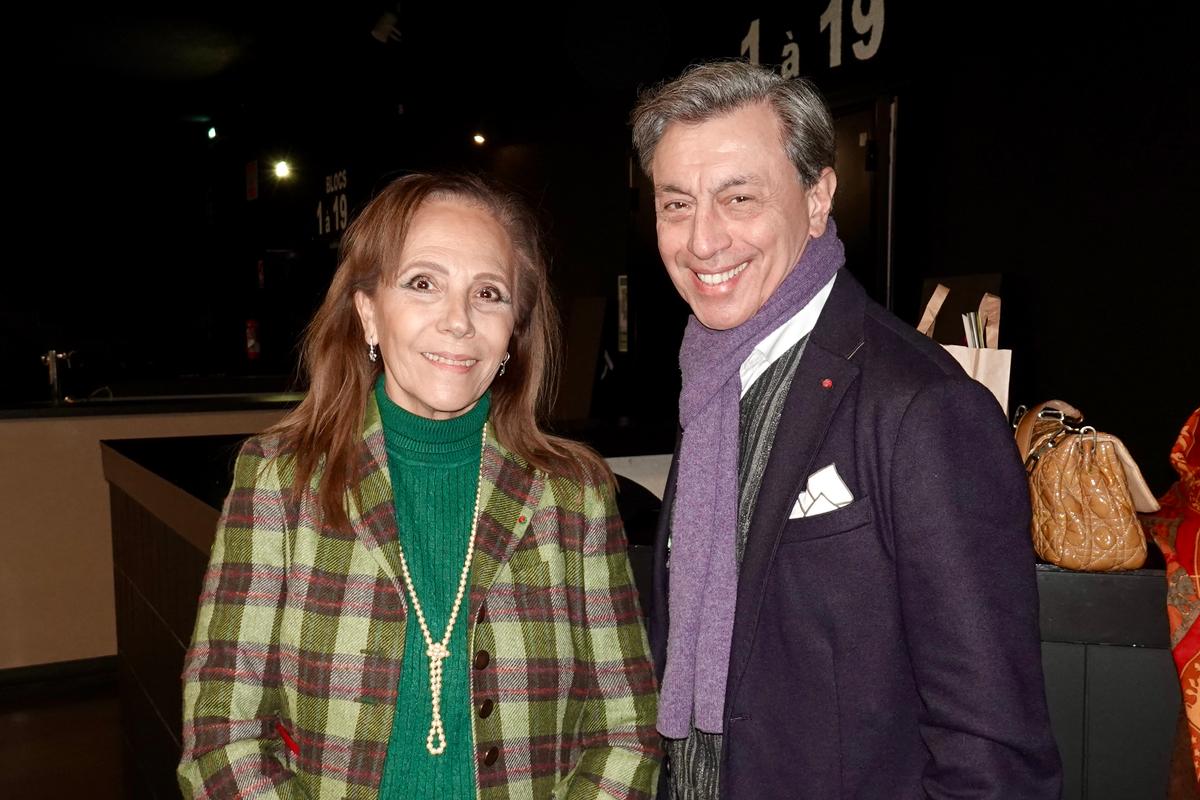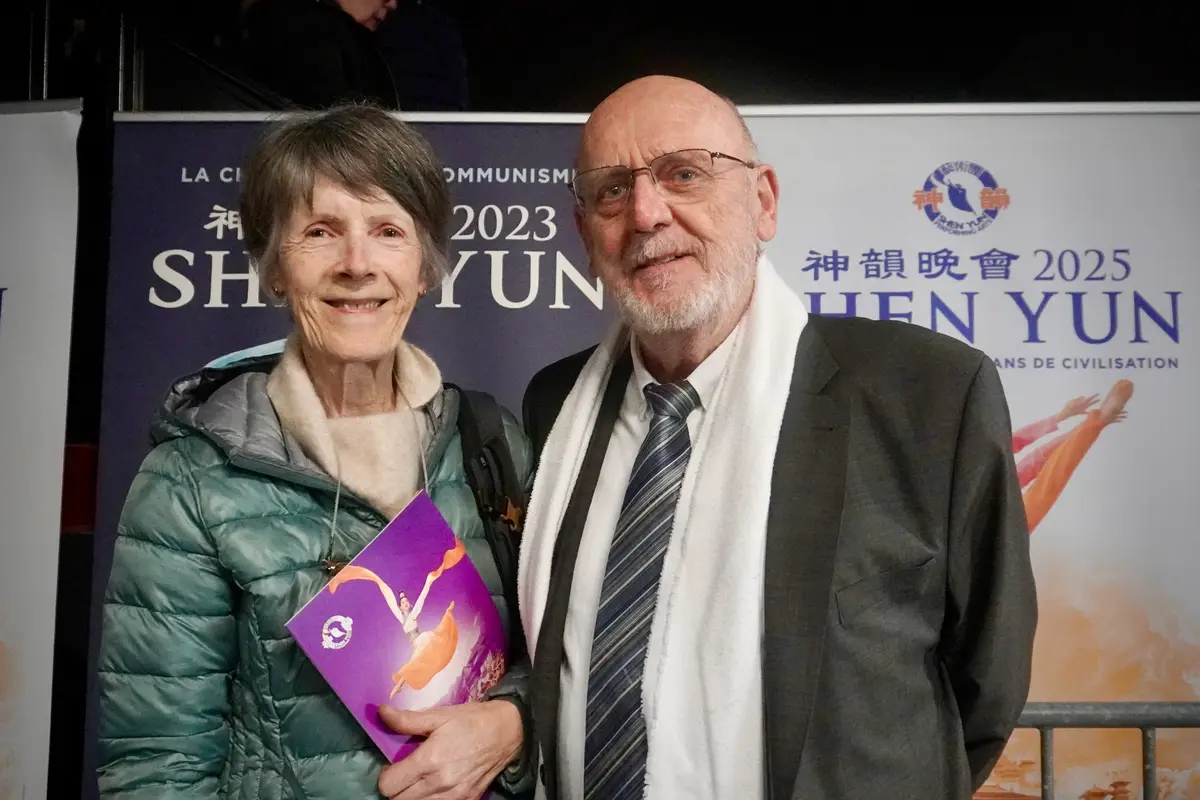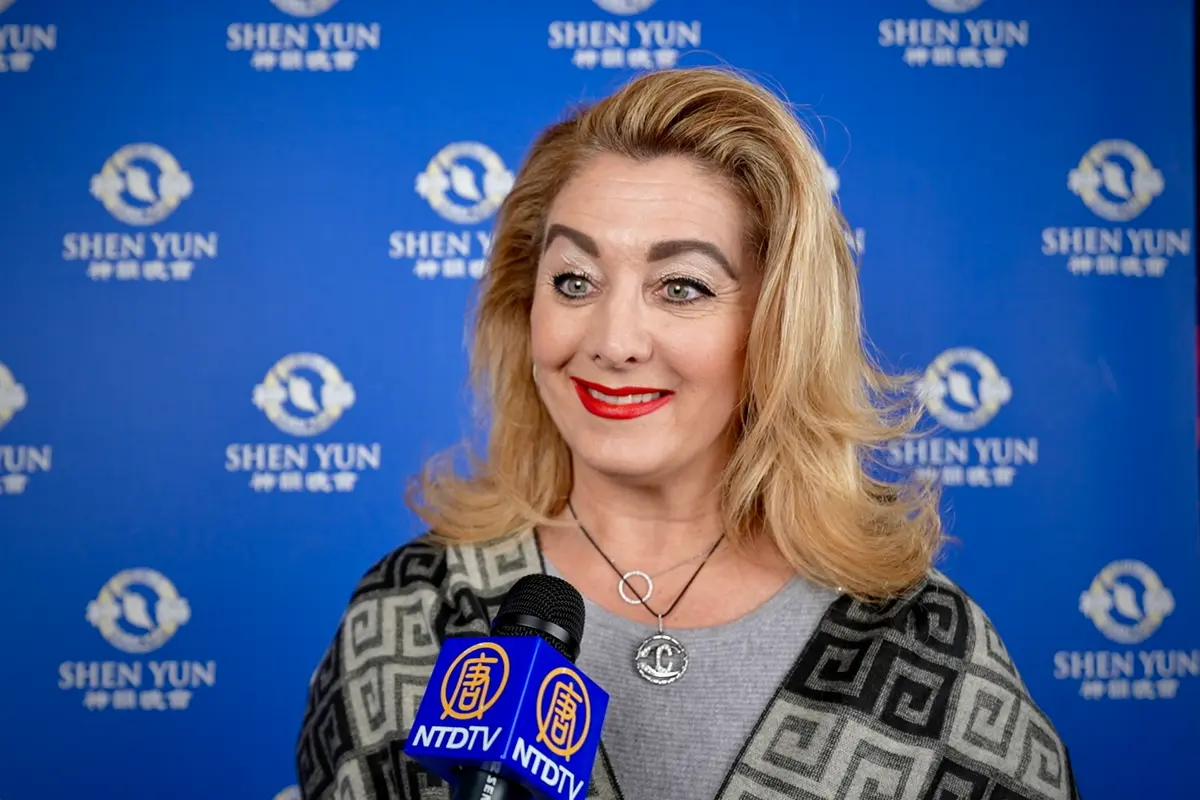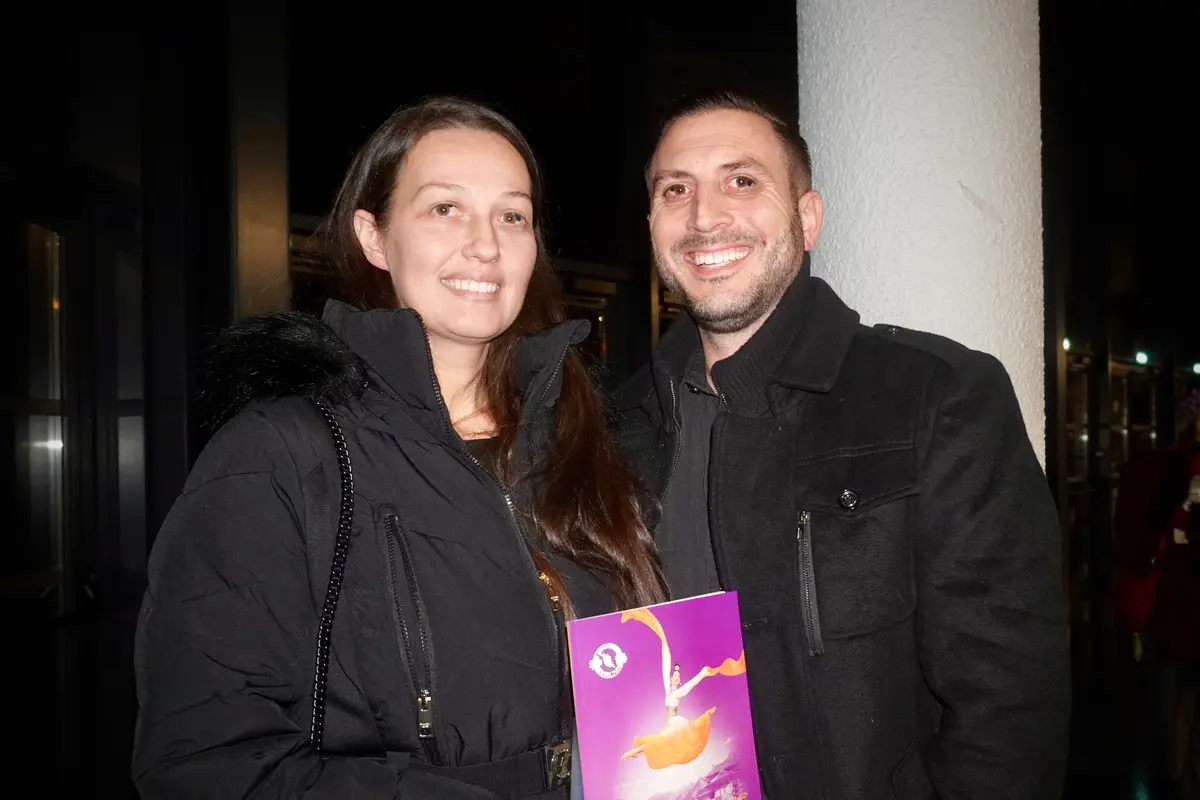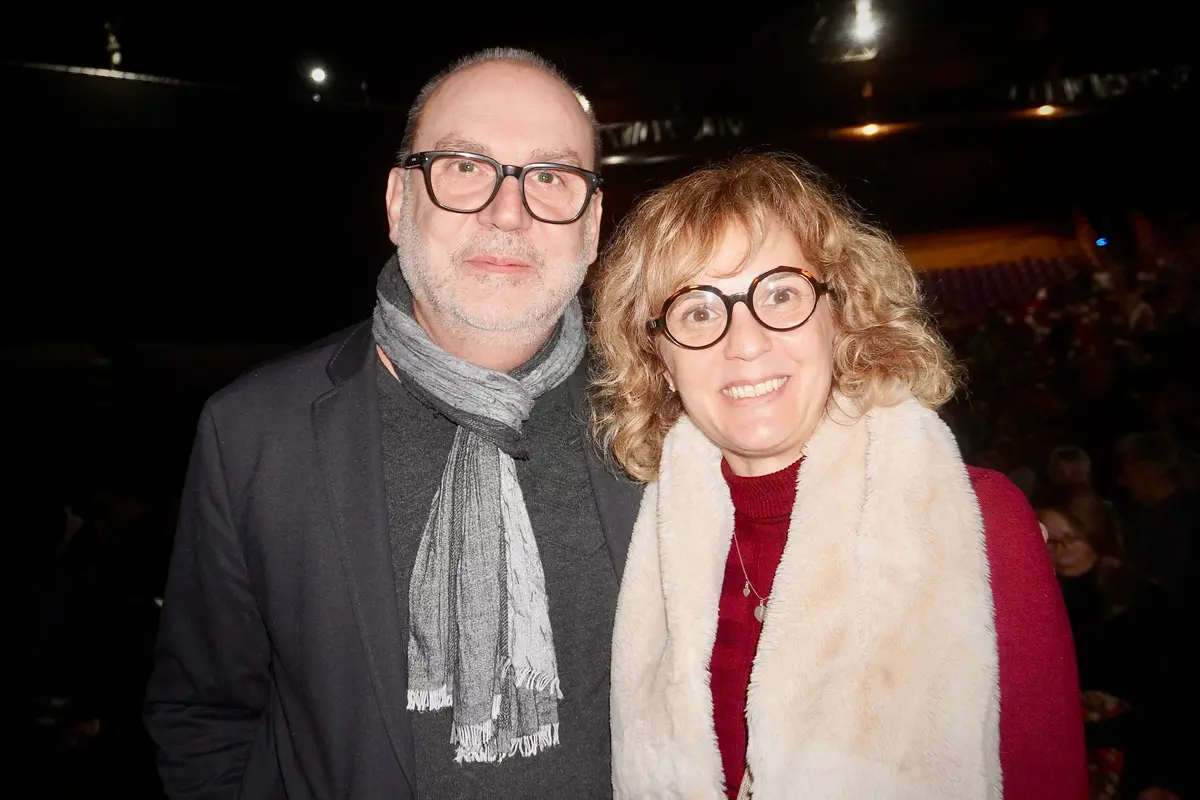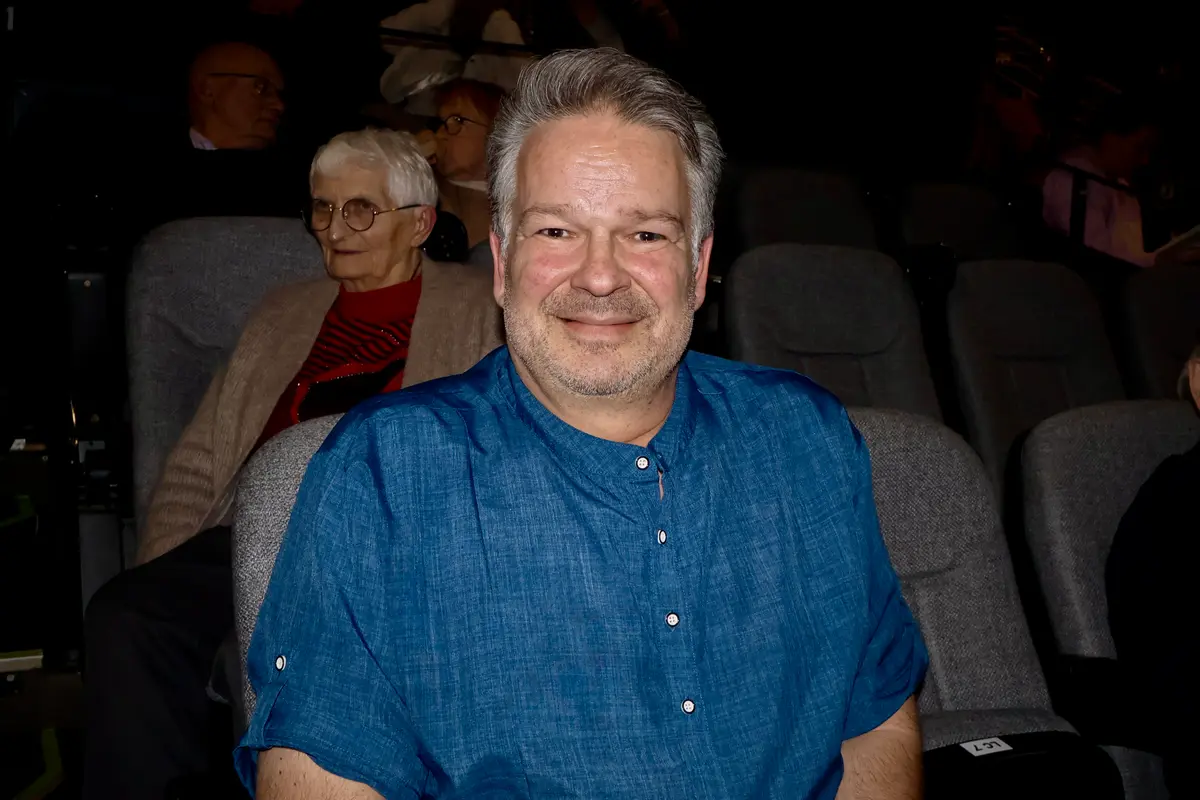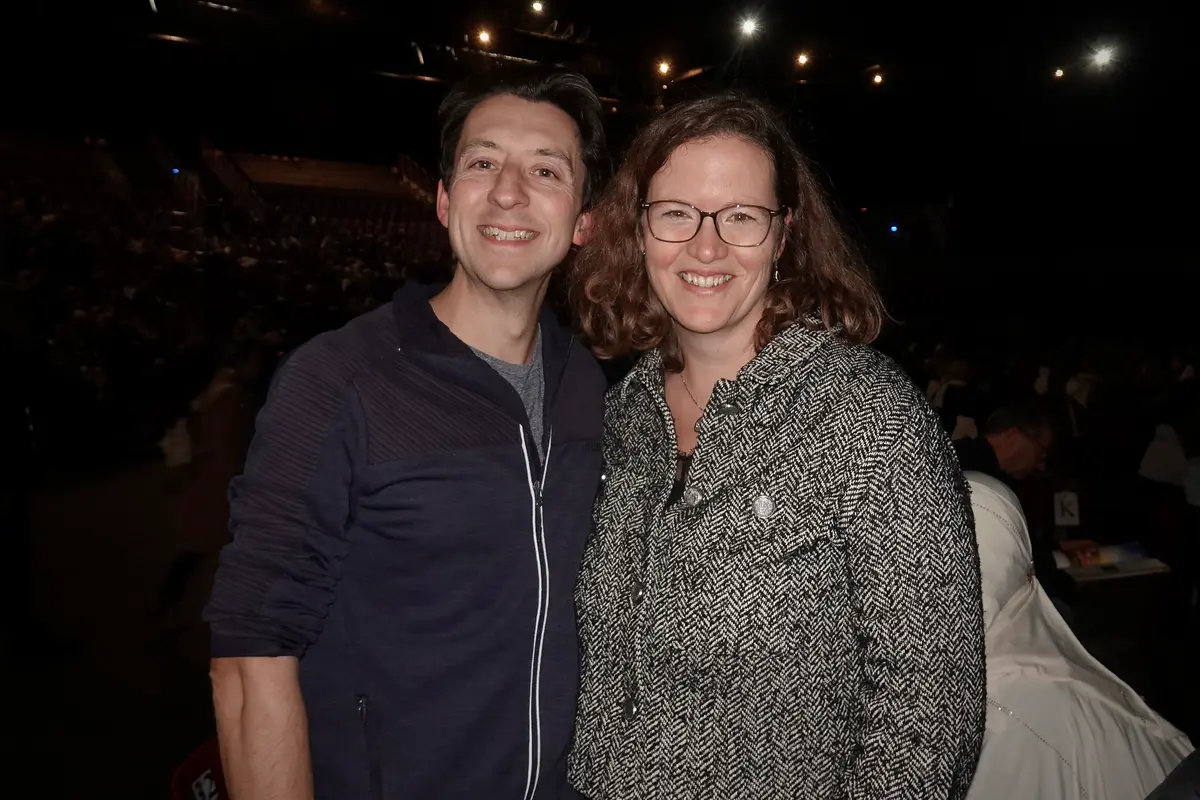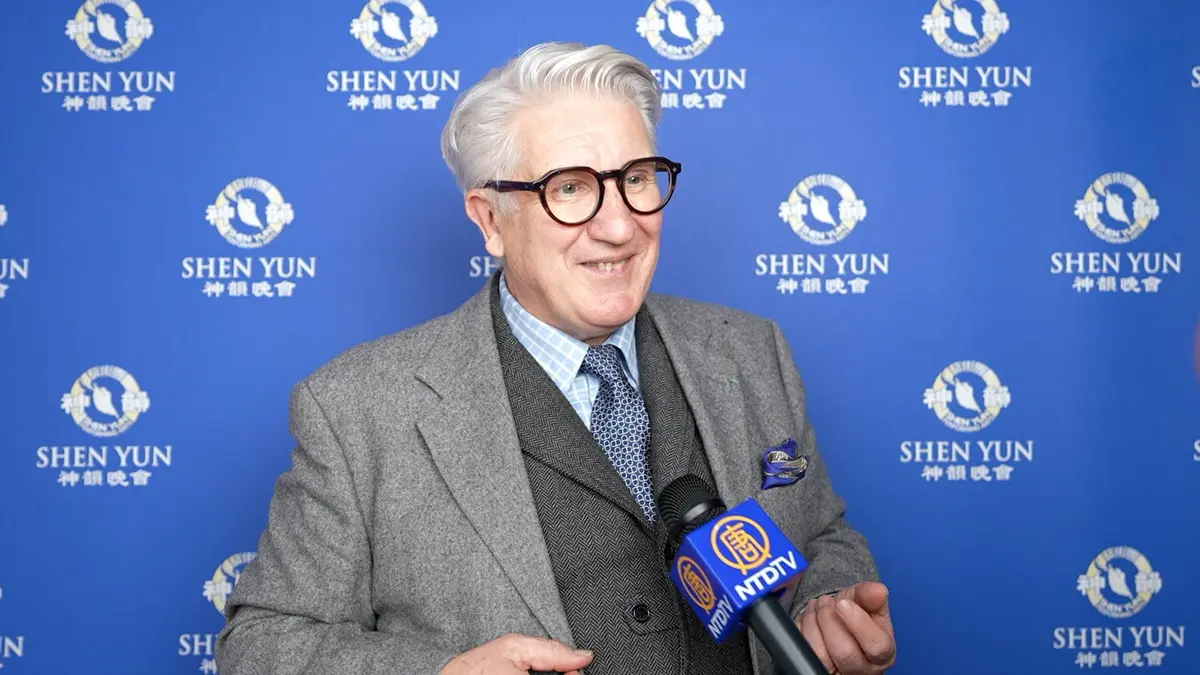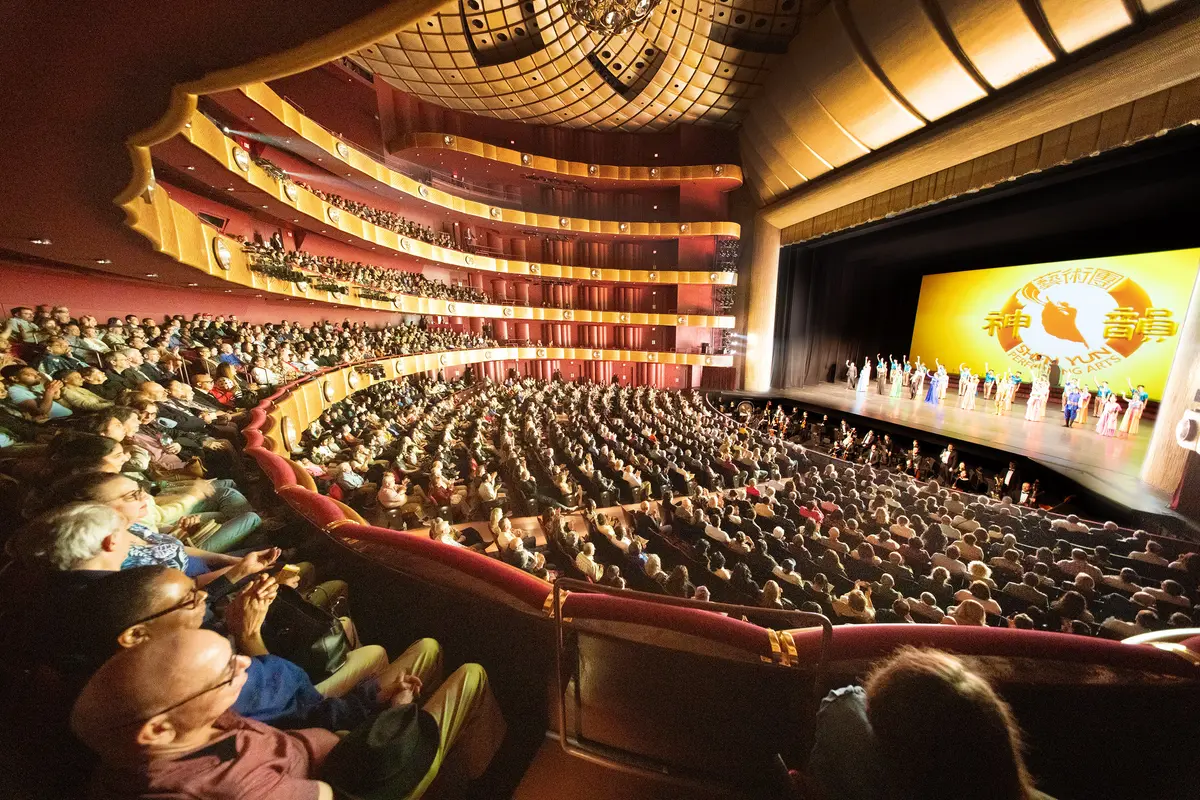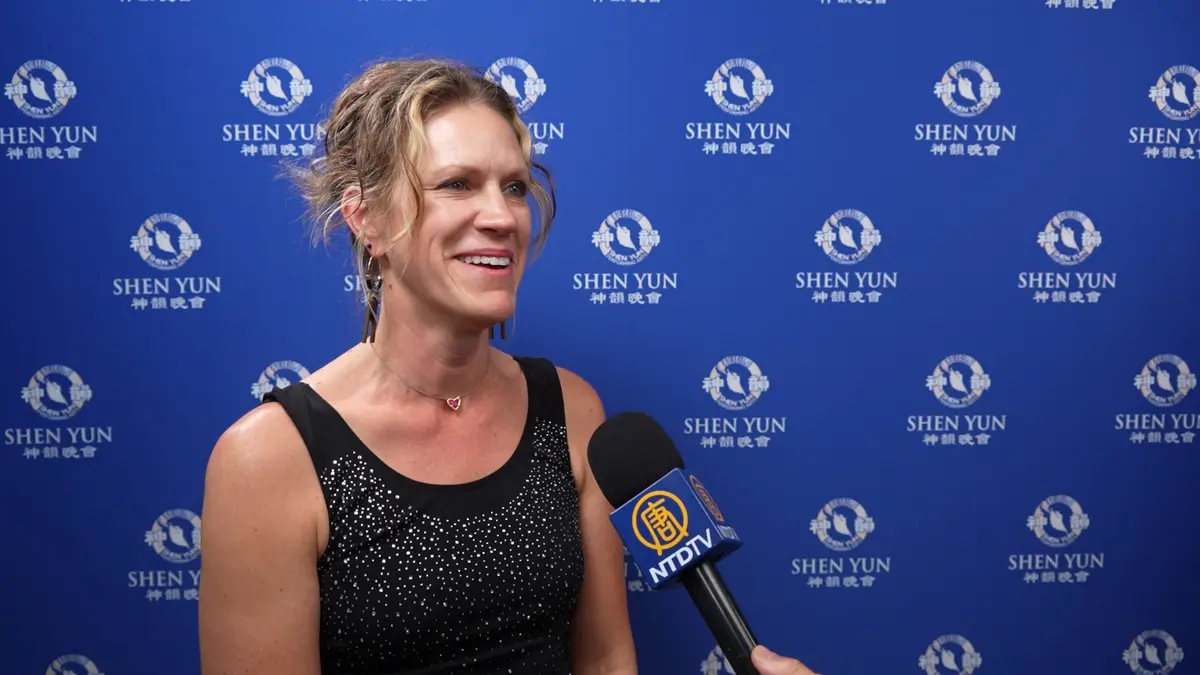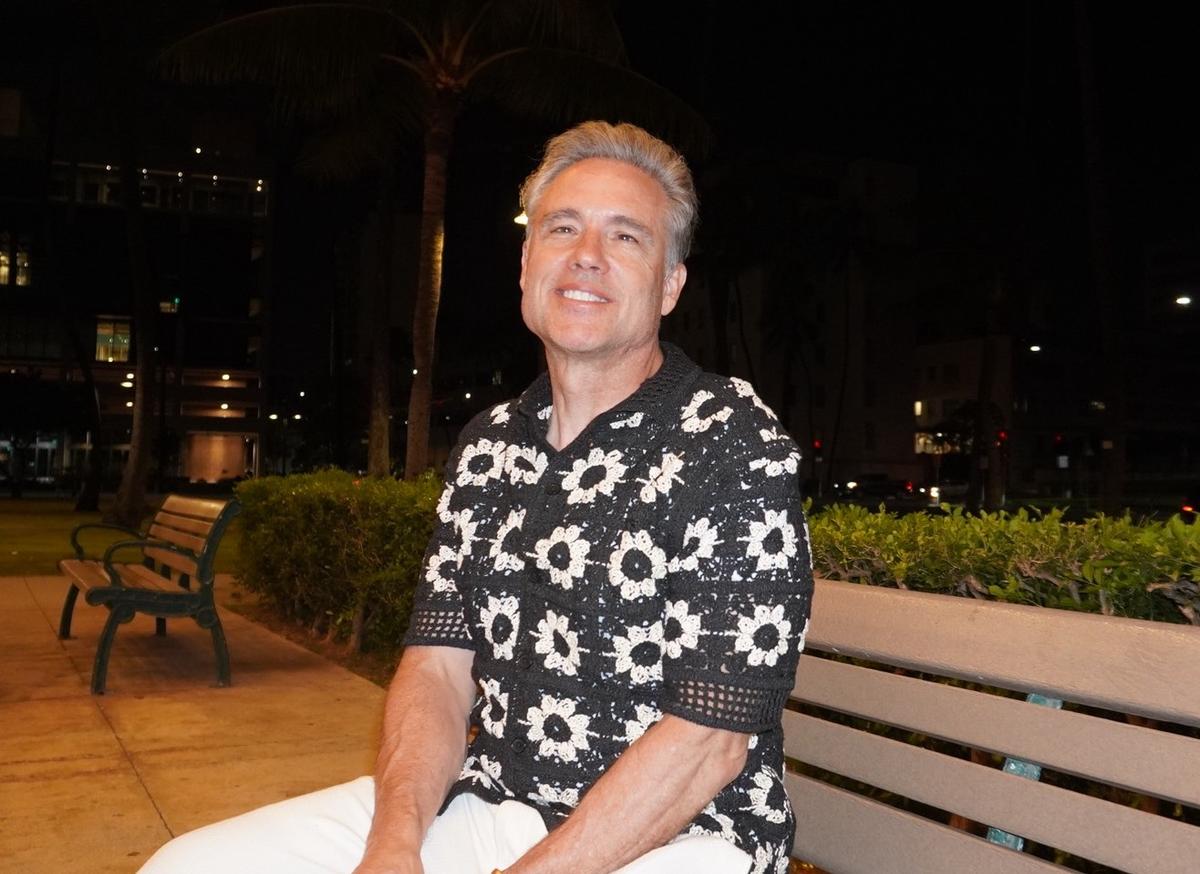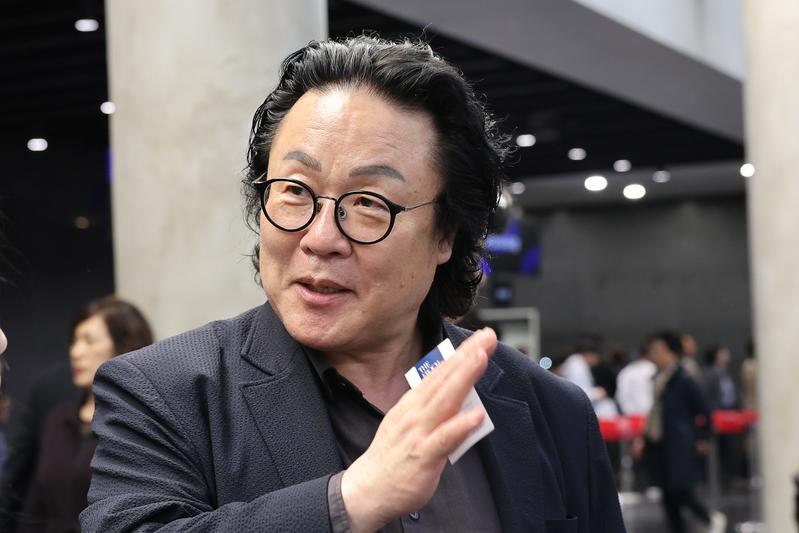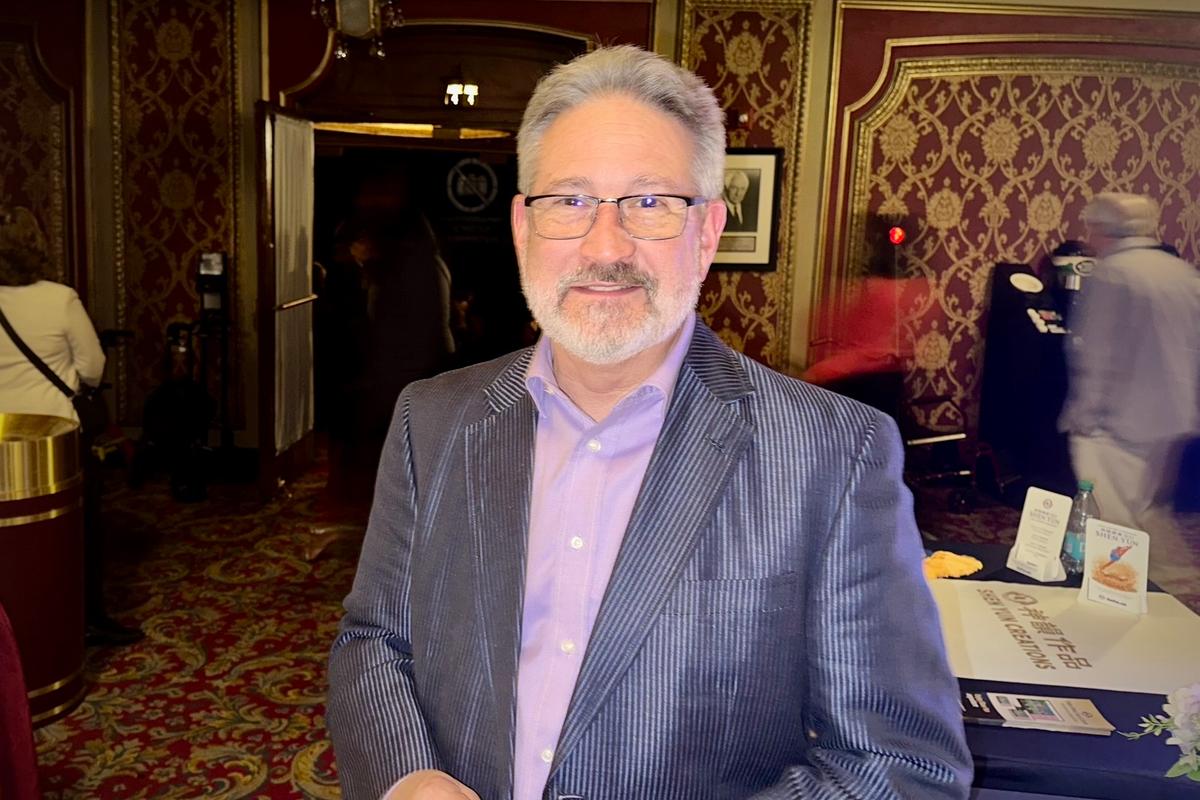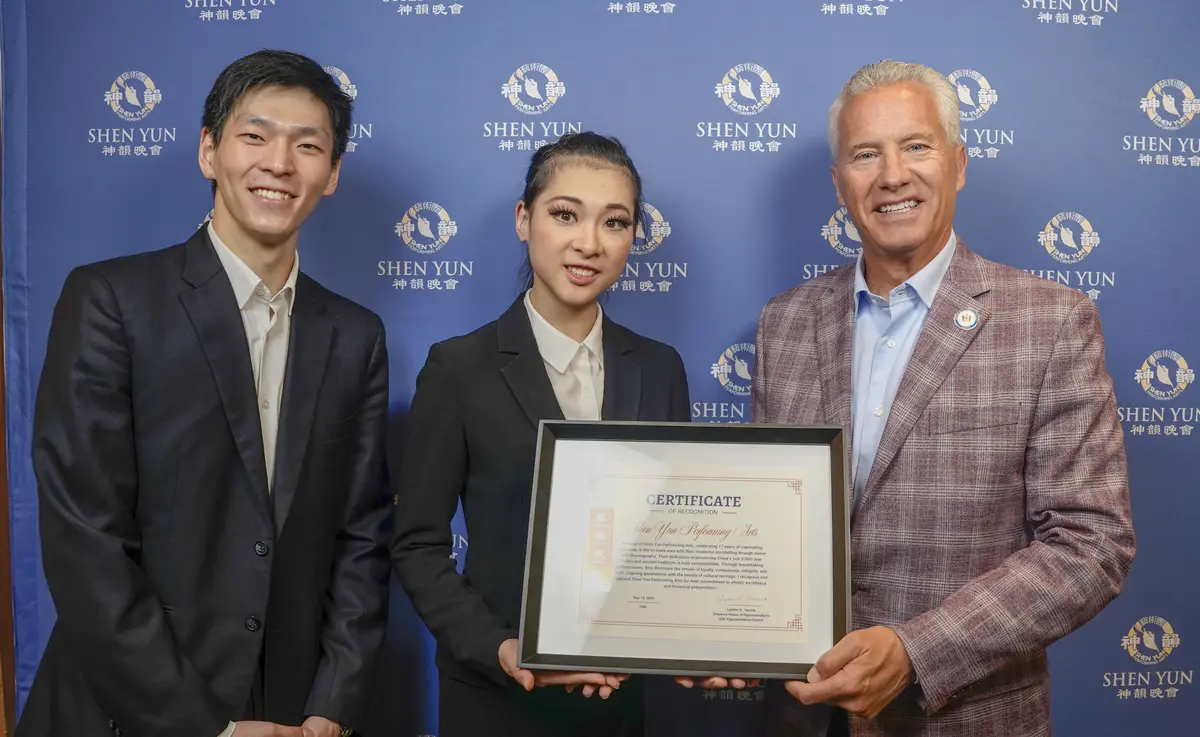If we could ask Michelangelo about the qualities necessary to create an artistic masterpiece, we could understand the values that guided his own art. He might mention “patience” because his creations required hard work, precision, and a skillful hand. He could say “devotion” because he dedicated himself wholeheartedly to his art. He might say “faith in the divine” because he was convinced his artistic mission came from God.
“Many believe—and I believe—that I have been designated for this work by God. In spite of my old age, I do not want to give it up; I work out of love for God and I put all my hope in Him,” he said.
Sculpture was one art form that the ancients had mastered, depicting the human body with remarkable precision and beauty. Not only were the wealthy of the Italian Renaissance buying ancient Greek art, but artists were aspiring to emulate it. Michelangelo’s genius left us with works that look remarkably life-like. Standing next to one of his sculptures, we almost feel the Madonna in the Pietà breathing or sense that David will move to sling the rock towards Goliath.
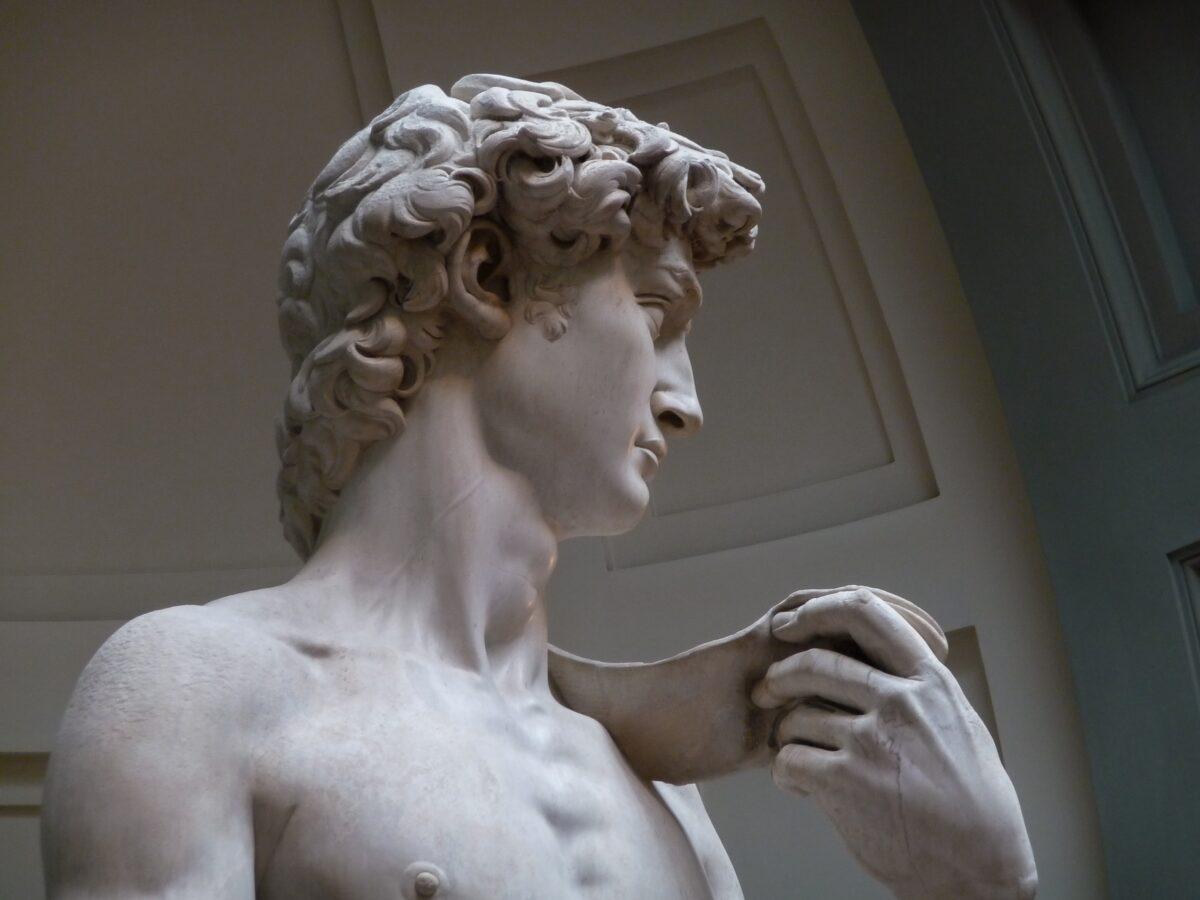
Michelangelo’s artworks depict Biblical scenes; the ancient Greek and Roman sculptures portray their pantheon of gods. In both cases, the eyes were turned towards the divine for inspiration and subject matter. Michelangelo said, “The true work of art is but a shadow of the divine perfection.” He also claimed he was not the original creator of his sculptures. “I saw the angel in the marble and carved until I set him free,” he said. Michelangelo’s words indicate that the work of art existed before he touched it; his task was to bring it out for people to see.
Dunhuang Caves
In China, there is the oasis city of Dunhuang famous for the Mogao Caves, which is home to an incredible collection of Buddhist paintings and statues. The more than 500 caves contain scenes of heavenly paradises, Buddhas, and deities. The caves have been a pilgrimage site for centuries and hold some of the world’s greatest artistic treasures.The story goes that in A.D. 366, a Buddhist monk by the name of Le Zun stopped in the area and saw a glorious heavenly scene—a thousand glowing Buddhas appeared before him, surrounded by heavenly maidens playing divine music. A trained painter and sculptor, Le Zun stepped into a mountain cave and set to work to recreate this vision. Later, more monks came to this area and saw similar scenes. They entered the surrounding mountain caves and filled them with splendid otherworldly images.
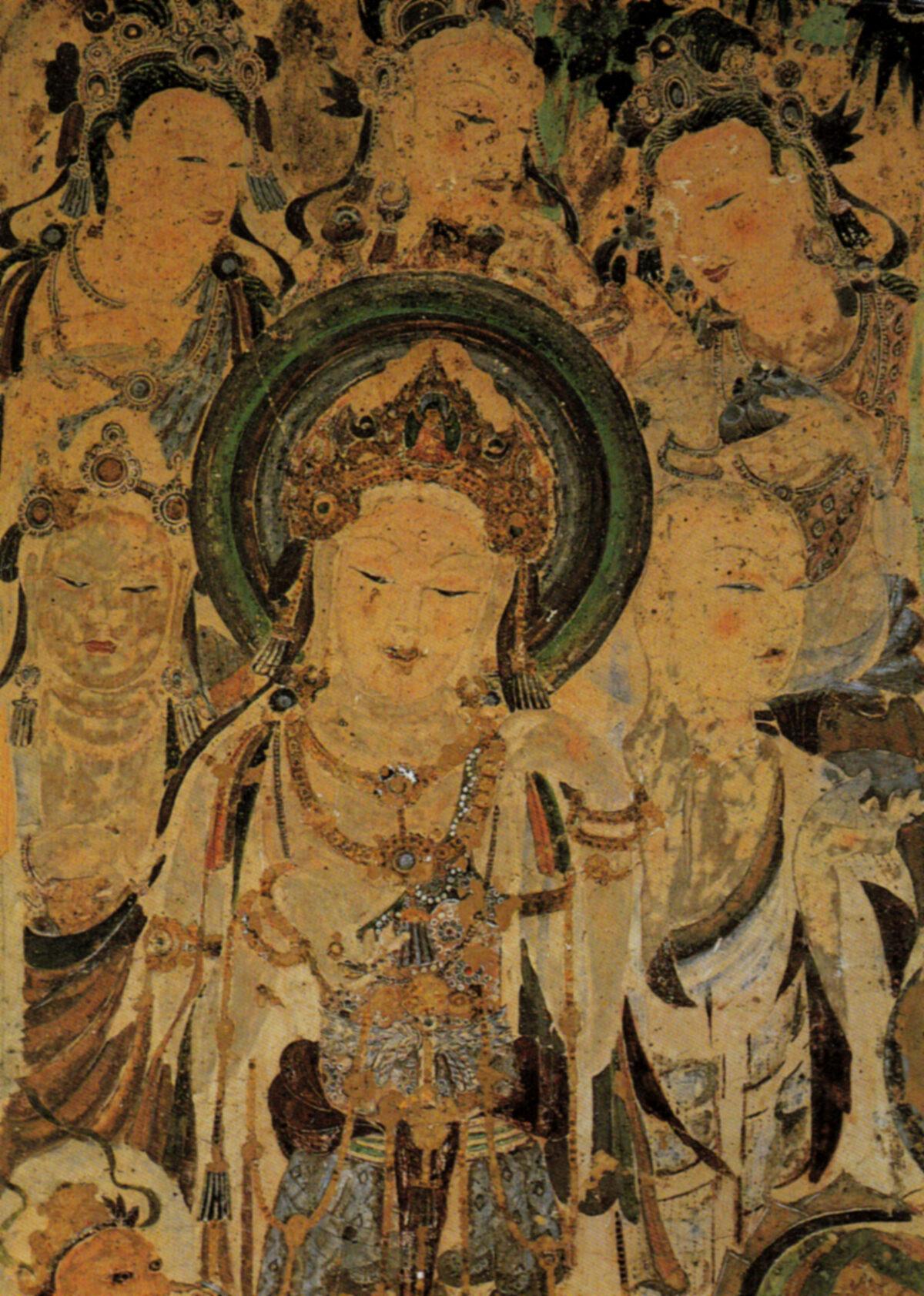
Shen Yun and the Divine
Today, another group of artists is working to create exquisite works of art, guided by divine inspiration. Since its establishment in 2006, New-York-based Shen Yun Performing Arts has been dedicated to reviving the lost world of traditional Chinese culture and sharing it with the world.Every aspect of Shen Yun’s performances is remarkably executed. The artistic team pays attention not only to the interpretation and its technical execution but also to the inner realm of the dancers. According to the company’s website, the dancers, musicians and the whole team look to the divine for inspiration, just as the great artists of the past did.
“For them, this spiritual connection is motivation for striving to excel, is the heart behind each movement of the dancer and each note of the musician. It is why audiences can feel there is something different about Shen Yun. Their source of inspiration, rooted in traditional Chinese culture, is the spiritual discipline known as Falun Dafa,” says the website. Focused on character improvement, this meditation-based practice rests on the principles of truthfulness, compassion, and forbearance.
The name Shen Yun can be translated from Chinese as “the beauty of divine beings dancing,” and the name comes to life as artists, dressed in ancient Chinese garments or adorned as heavenly figures, dance gracefully on stage. The ladies’ movements are delicate and gentle with precise technical execution. The men embody strength and elegance built on a foundation of superior athleticism. The dancers’ synchronization is particularly astounding. They move as one, even in remarkably intricate and fast-moving pieces.
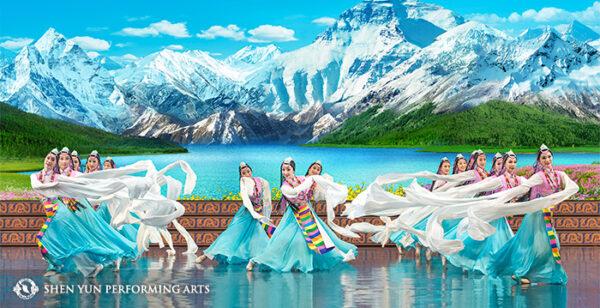
Through the orchestra, which combines the Eastern and Western traditions, we hear the strength of Western instruments and the spirit of Chinese instruments. Shen Yun’s ability to blend the distinct tonalities of the two systems is so impeccable it seems the two traditions have always been working together. In fact, this is an incredibly difficult task and a new frontier in classical music.
Shen Yun’s pieces are original compositions that reflect China’s history, ethnic and folk traditions, and the unique nature of the orchestra. Shen Yun’s composers use classical composing techniques, guided by principles of goodness and divine inspiration.
Shen Yun is embarking on its 2020 tour with a new program of dance and music. As we get ready for the new year ahead, we can only wonder what inspiration we can find in its performances this year.
https://www.youtube.com/watch?v=CHBoExmSC4U

